Submitted by WA Contents
3XN gets finals approval for Sydney Fish Market
Australia Architecture News - Jun 23, 2020 - 11:58 4432 views
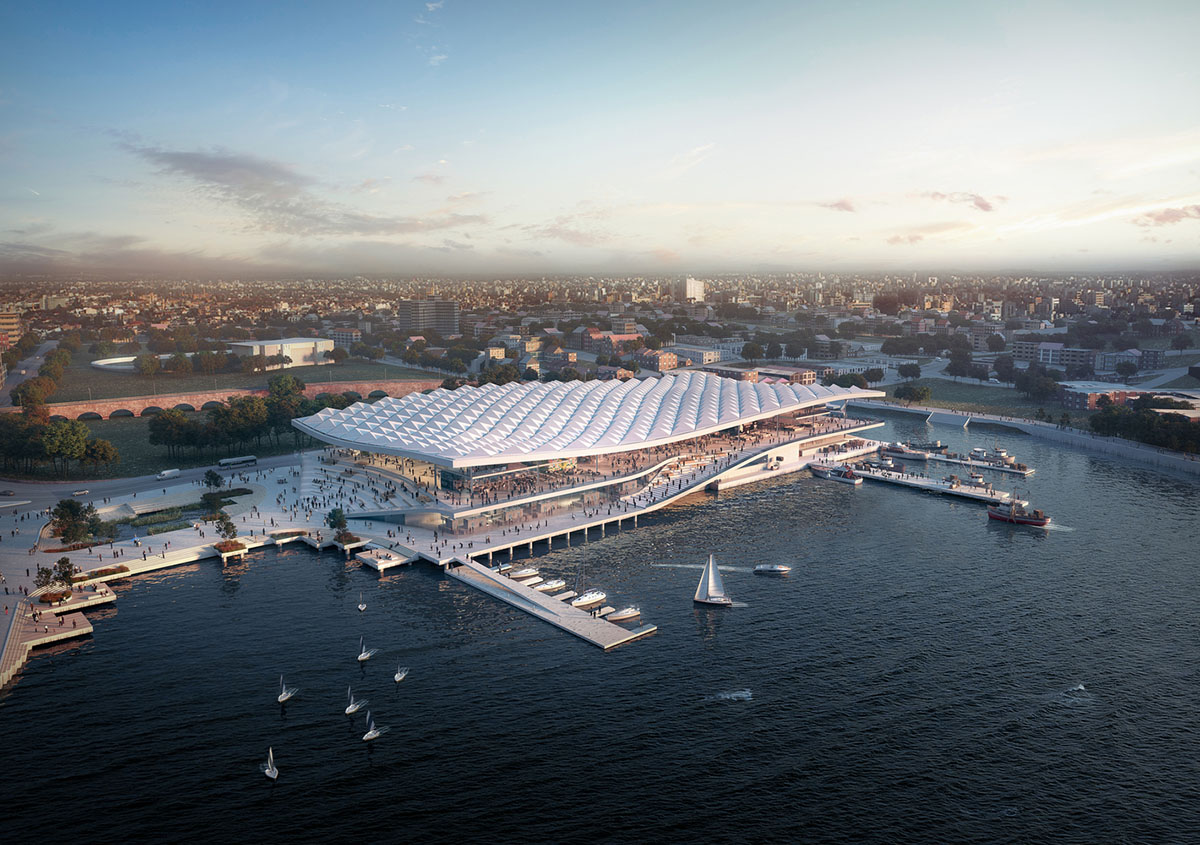
3XN has announced that the cutting-edge design for Sydney Fish Market has been given the final go-ahead by the NSW Government. Approving the final plans, the largest fish market in the southern hemisphere is envisioned as a major public and cultural destination and an icon for Sydney.
Kim Herforth Nielsen, co-founder and principal of 3XN Architects, is WAC's new guest in WAF 2019 keynotes & talks series. In his keynote, Nielsen also discussed the details of his design for Sydney Fish Market. The project acts as a community center combining operations and leisure, as the architect highlighted in his keynote.
The new 65,000-square-metre Sydney Fish Market has been given green light from the NSW Government, thus paving the way for construction on the site to begin within the next eight weeks.
The project was approved through the NSW Government’s new Planning System Acceleration Program that is fast-tracking planning assessments, introduced as part of the governmental response to the Covid-19 pandemic to keep people in jobs and the economy moving.
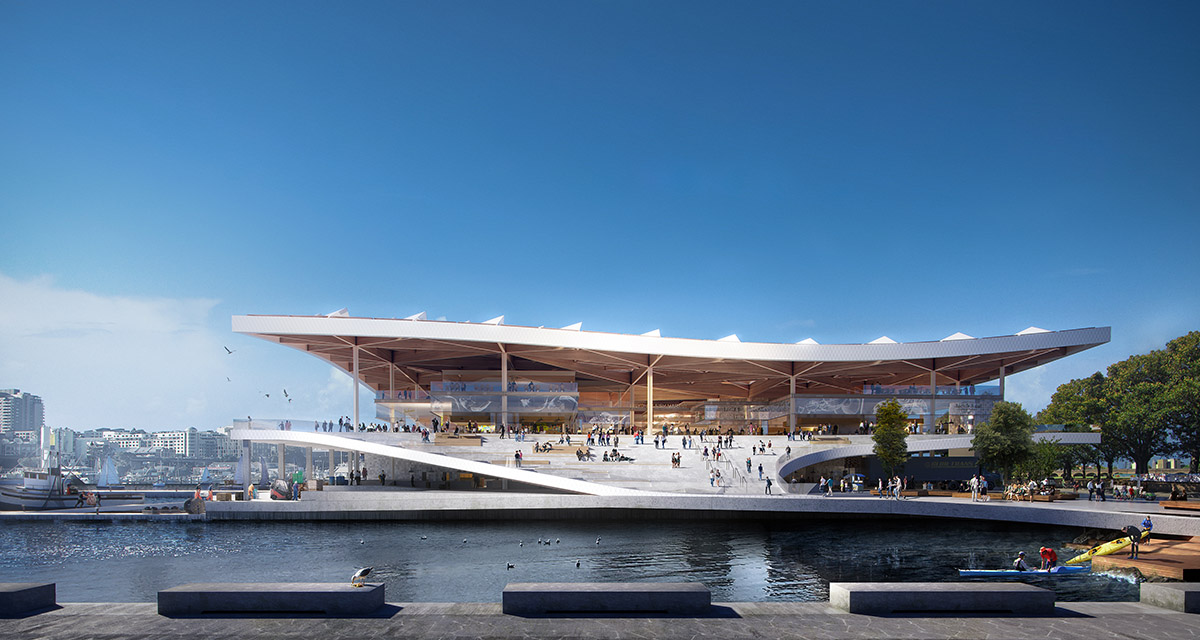
Image © 3XN
Adding new qualities to Sydney’s public waterfront
The new Sydney Fish Market, which is designed by award-winning Danish architecture firm 3XN in collaboration with local architect BVN, GXN Innovation, and landscape architect Aspect Studios, is the first step in an ambitious plan to revitalise Sydney’s Blackwattle Bay. The landmark building will operate as a working market while simultaneously establishing a public connection to the water’s edge at Blackwattle Bay.
"This building will serve many functions when it is completed: a vibrant fish market, an attractive amenity for the city, a cultural destination, an urban connector, and an inspiring icon along the world-renowned Sydney Harbour," explained Kim Herforth Nielsen, Founding Partner and Creative Director, 3XN.
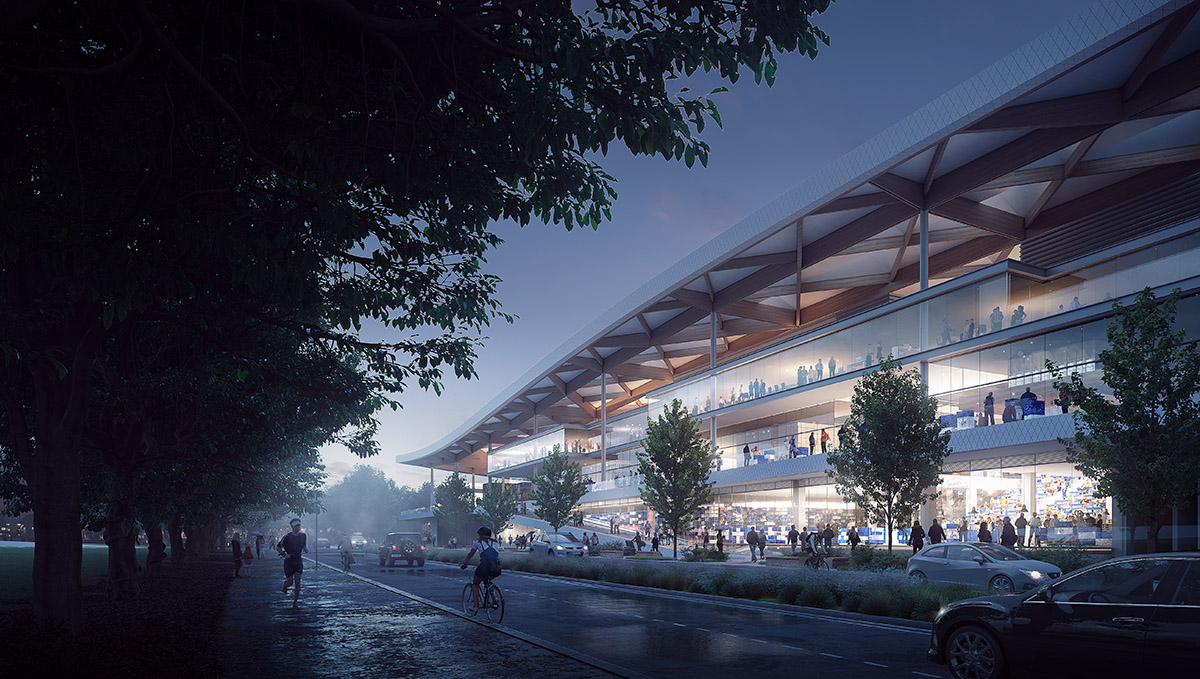
Image © 3XN
The Sydney Fish Market is currently one of the most significant community and visitor destinations in the city. 3XN’s winning team was selected through an international process for the relocation and design of the existing fish market, with a mandate to integrate significant sustainable and public amenity elements.
"3XN approached this project with the specific goal of creating more than just a fish market; it is first and foremost a major cultural facility that enhances the existing market operations while creating generous public amenity to unlock the waterfront for Sydneysiders and visitors alike," said Audun Opdal, Partner in Charge, 3XN Copenhagen.
"Our design maximizes the potential of the shoreline and ensures that this valuable natural asset is accessible to everyone."
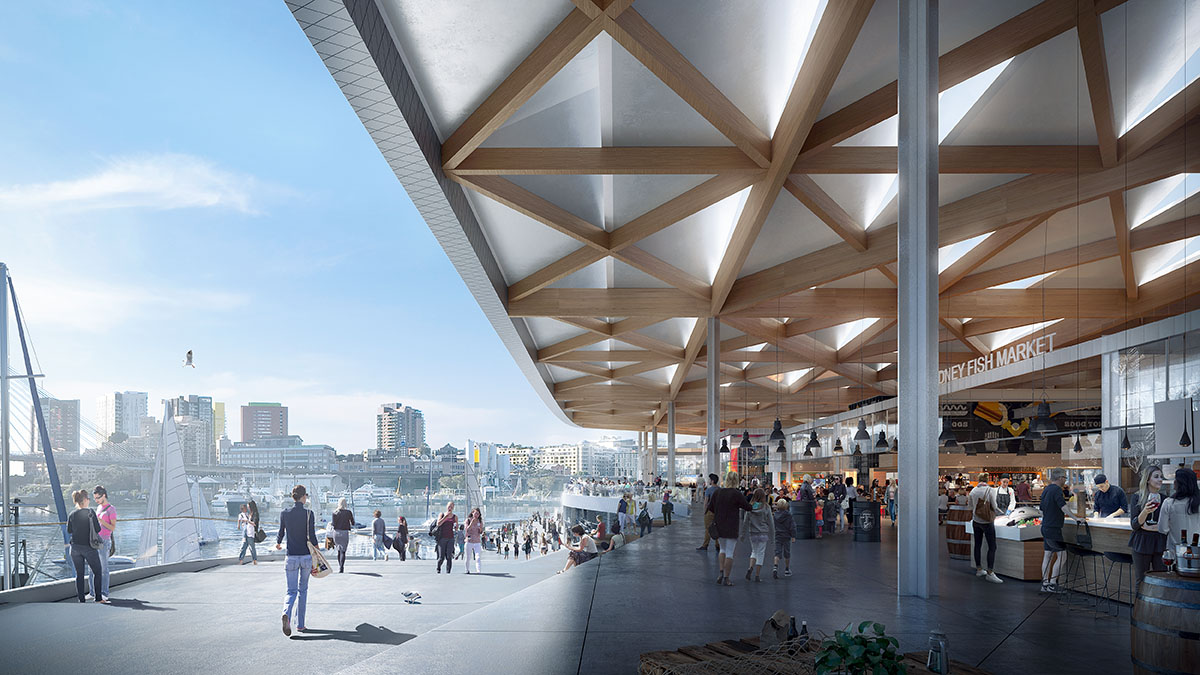
Image © 3XN
Informal gatherings and contemplative recreation
The amphitheatre staircases that lead from the plazas to the public market are a continuation of the surrounding landscape, establishing a foreshore promenade around Blackwattle Bay and opening a new public route along the water’s edge.
This connects the local neighbourhood to the Central Business District and Woolloomooloo beyond. The stairs also double as places to sit and enjoy the surroundings. In this way, the stairs are converted into public spaces where people can enjoy their food and the view over the bay to the Anzac Bridge.
The plazas at each end of the fish market allow for informal gatherings and contemplative recreation – to create more connections between the public and the water - and house wetland flora to filter both stormwater and grey water from the building. These bio-filtration systems filter water and can provide a protective habitat for local birds while filtering the immediate site water run-off.
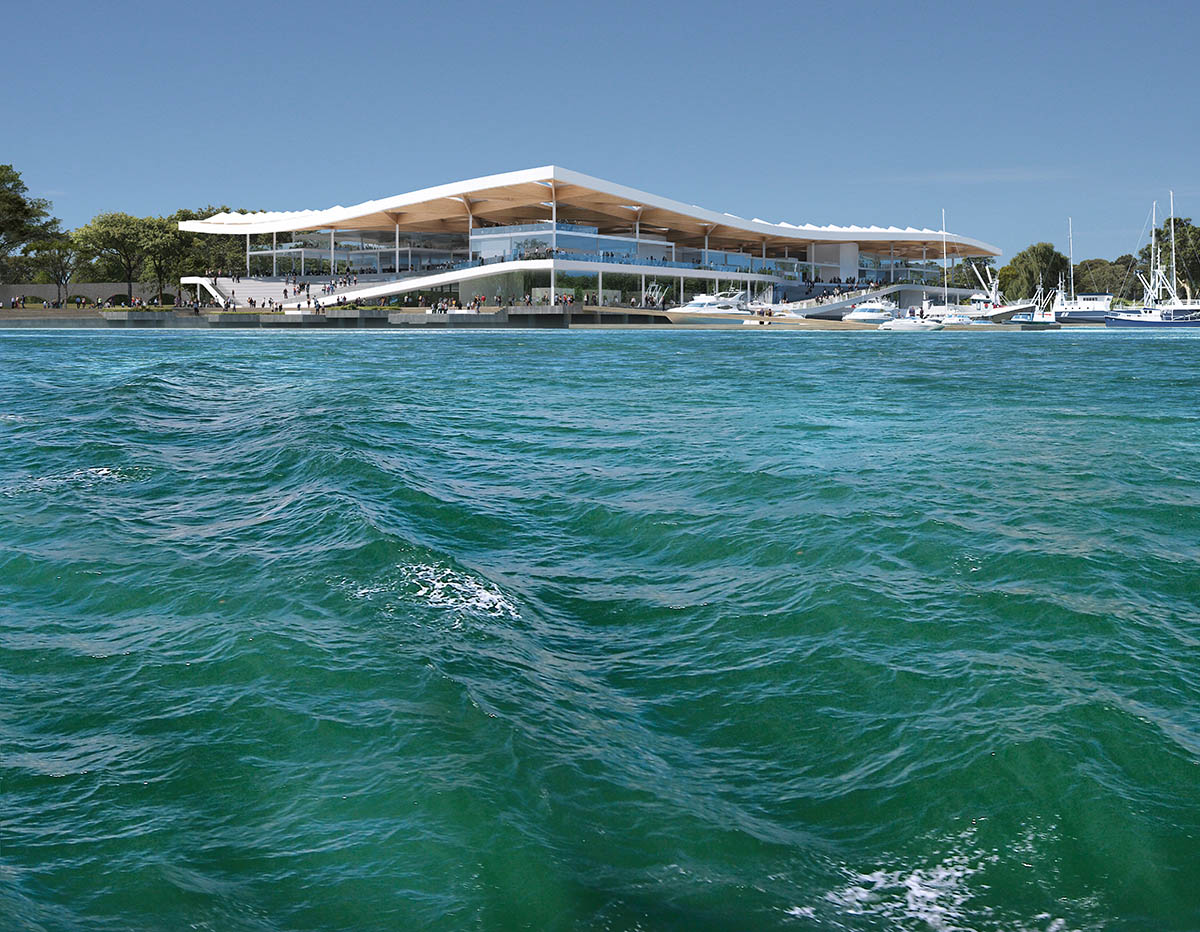
Image © MIR
The new fish market is adaptable and can be programmed with various indoor and outdoor functionalities, depending on the social needs of market users. It allows for interior and exterior spaces to flex, grow and shrink as needs require.
The building becomes a responsive element that changes to meet the current and future needs of the various user groups and stakeholders.
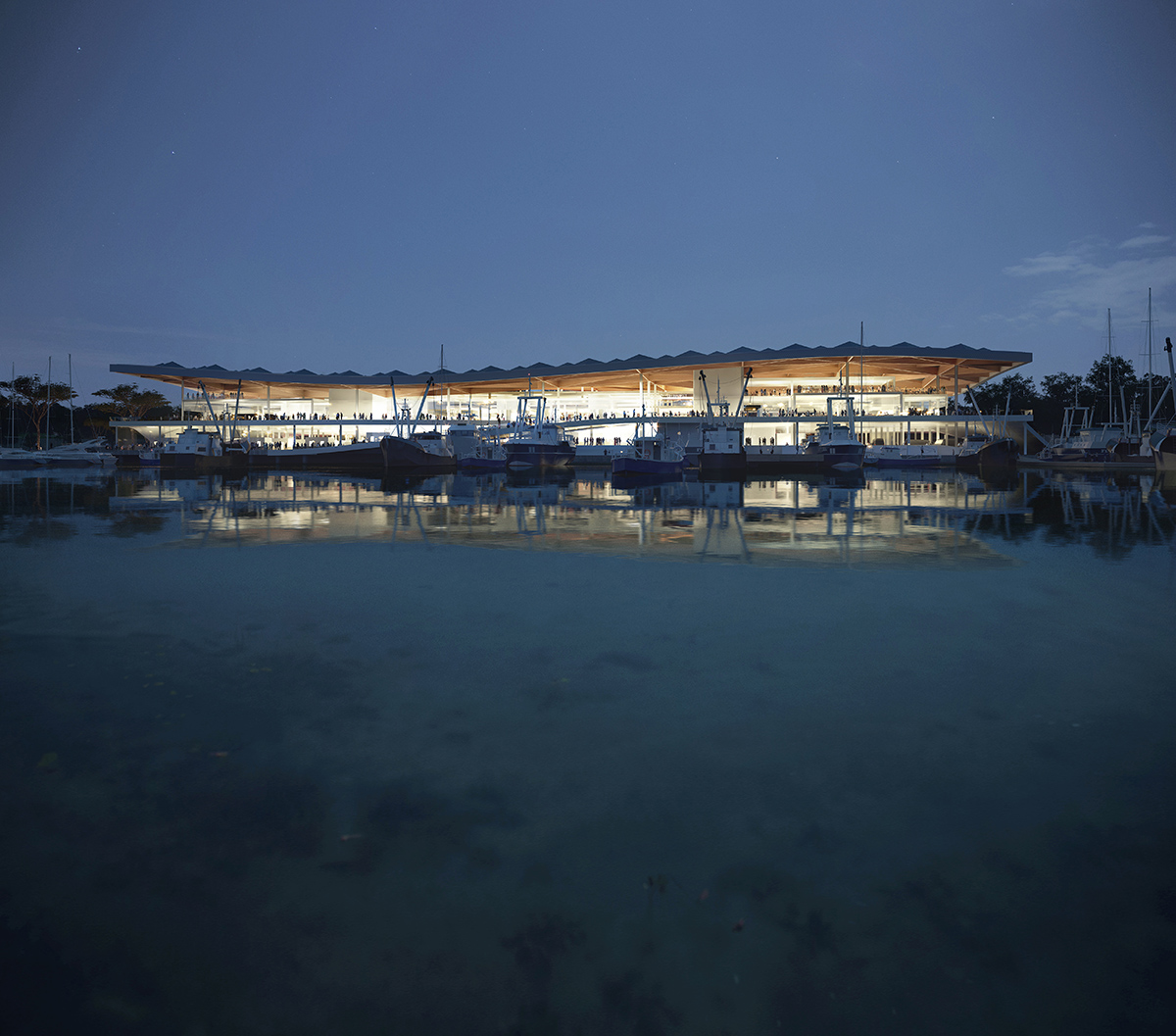
Image © MIR
Environmental and social sustainable design
According to Nielsen, "Environmental and social sustainability are essential and inseparable parts of the design. The roof, landscaped forms, open atmosphere, plantings, and materials that characterise the experience of the design are examples of this union. Throughout the course of the new market’s concept and design development, public amenity and environmental sustainability have formed the core of our decision-making processes." The goals for the design include a significant reduction in energy, water consumption and waste when compared to the existing fish market.
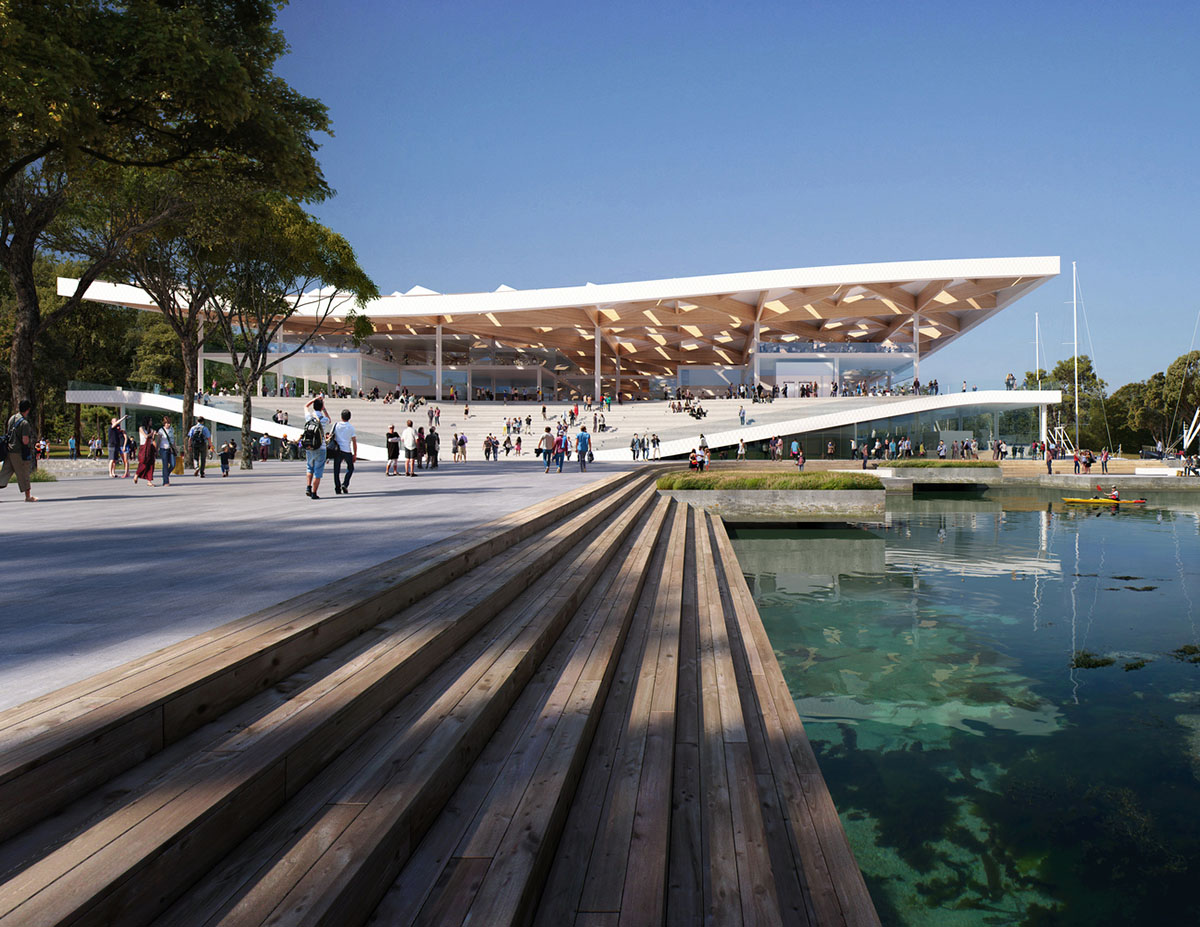
Image © 3XN
The building’s roof is an integral aspect of the fish market’s iconic design but also its overall sustainability strategy. Shaped to respond to the spatial demands of the program below, it also harvests rainwater for reuse, protects the retail spaces from the sun, and filters daylight for operations below.
The unique form uses prevailing winds to extract hot air and protects the sellers from southerly winds. The canopy, made from timber and aluminium is designed to be as permeable as possible, minimising the need for air conditioning, while also deflecting direct sunlight.
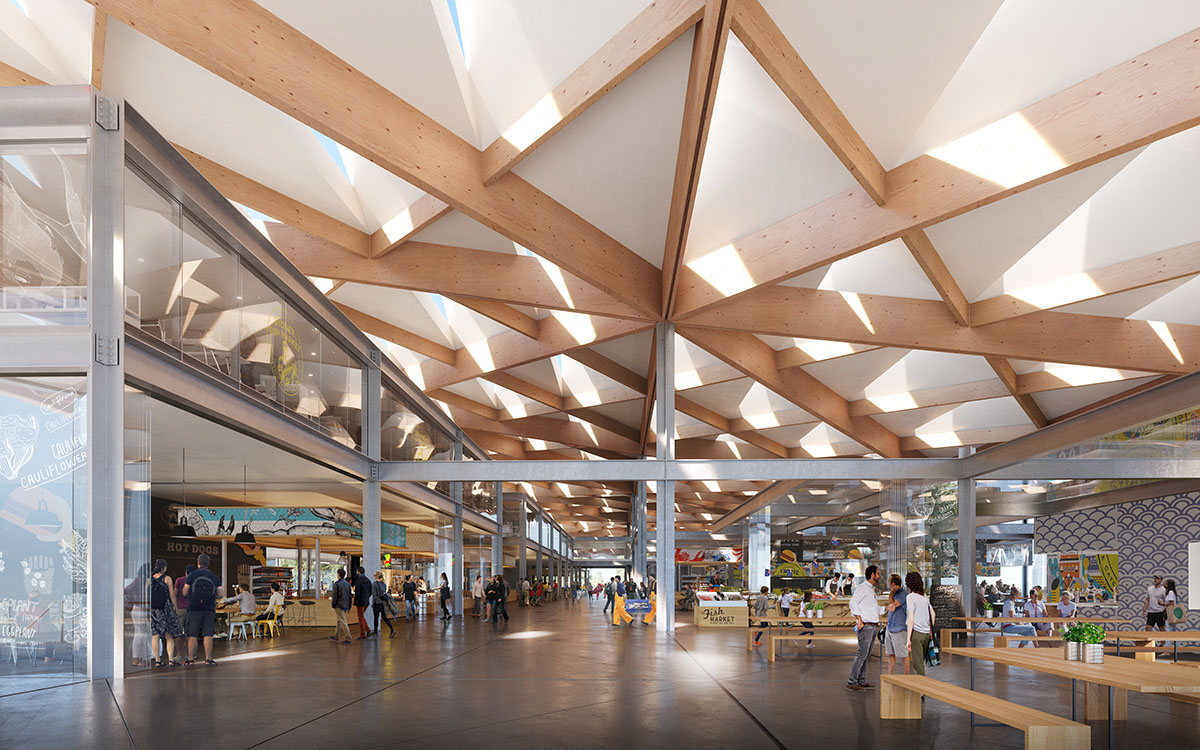
Image © 3XN
The new fish market maximises its water recycling potential through a combination of rainwater harvesting and grey water recycling, bio-filtration, and mechanical filtration and sterilisation for the use in daily operations like washdown. Biological and mechanical water quality systems are an integral part of the design of the new fish market, focused on conserving this valuable aquatic resource.
The waste systems employed in the new fish market aim to recycle industrial food waste. A comprehensive strategy for recyclables will be instituted and managed to optimise consumables and the fish market will reprocess materials used in packaging and operations.
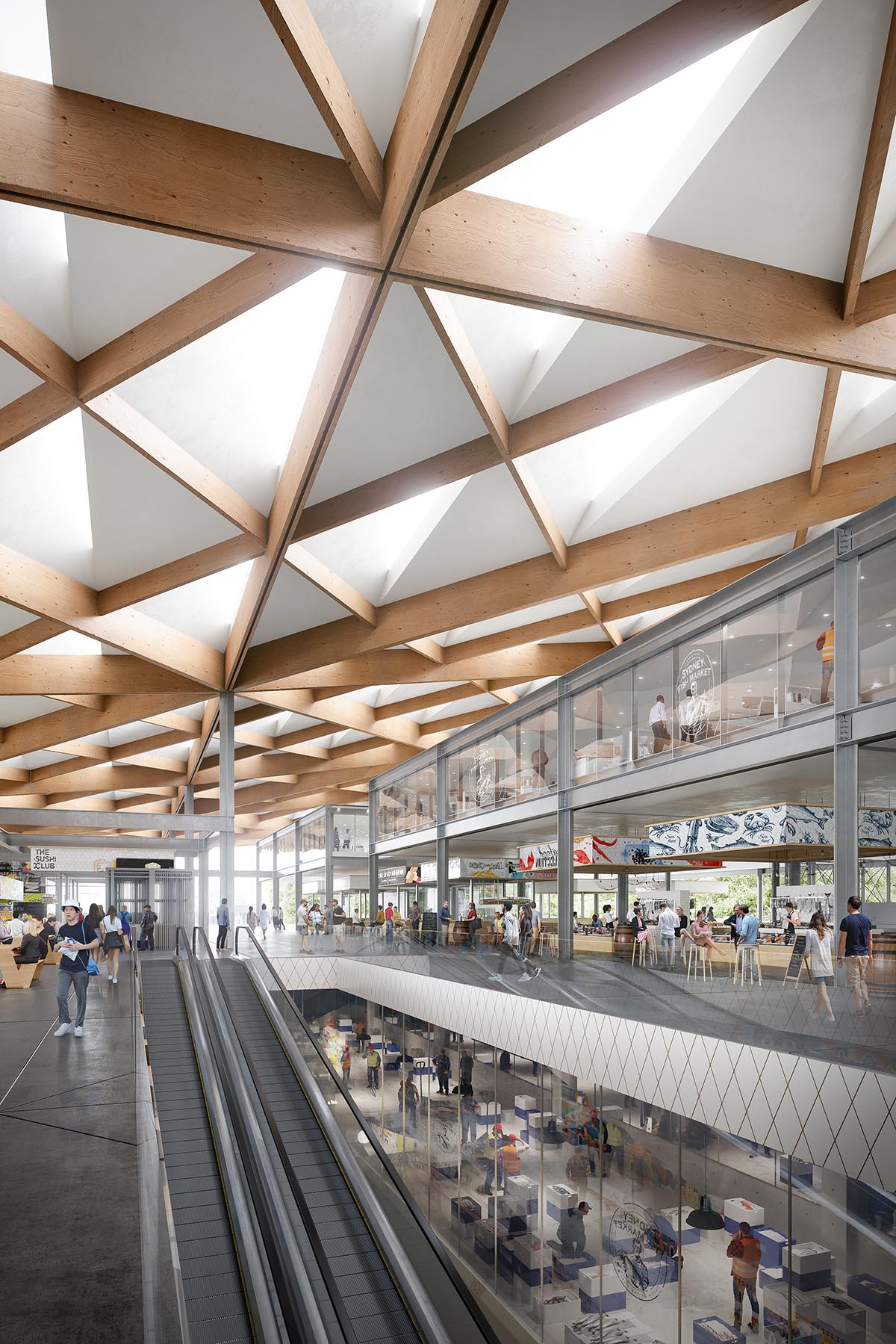
Image © 3XN
Visitor numbers to the new market are expected to double over the next 10 years, from three million to six million each year.
A tender process is underway for the major construction phase, which is expected to start in early 2021. The new building is expected to open in 2024.
Top image © 3XN
> via 3XN
